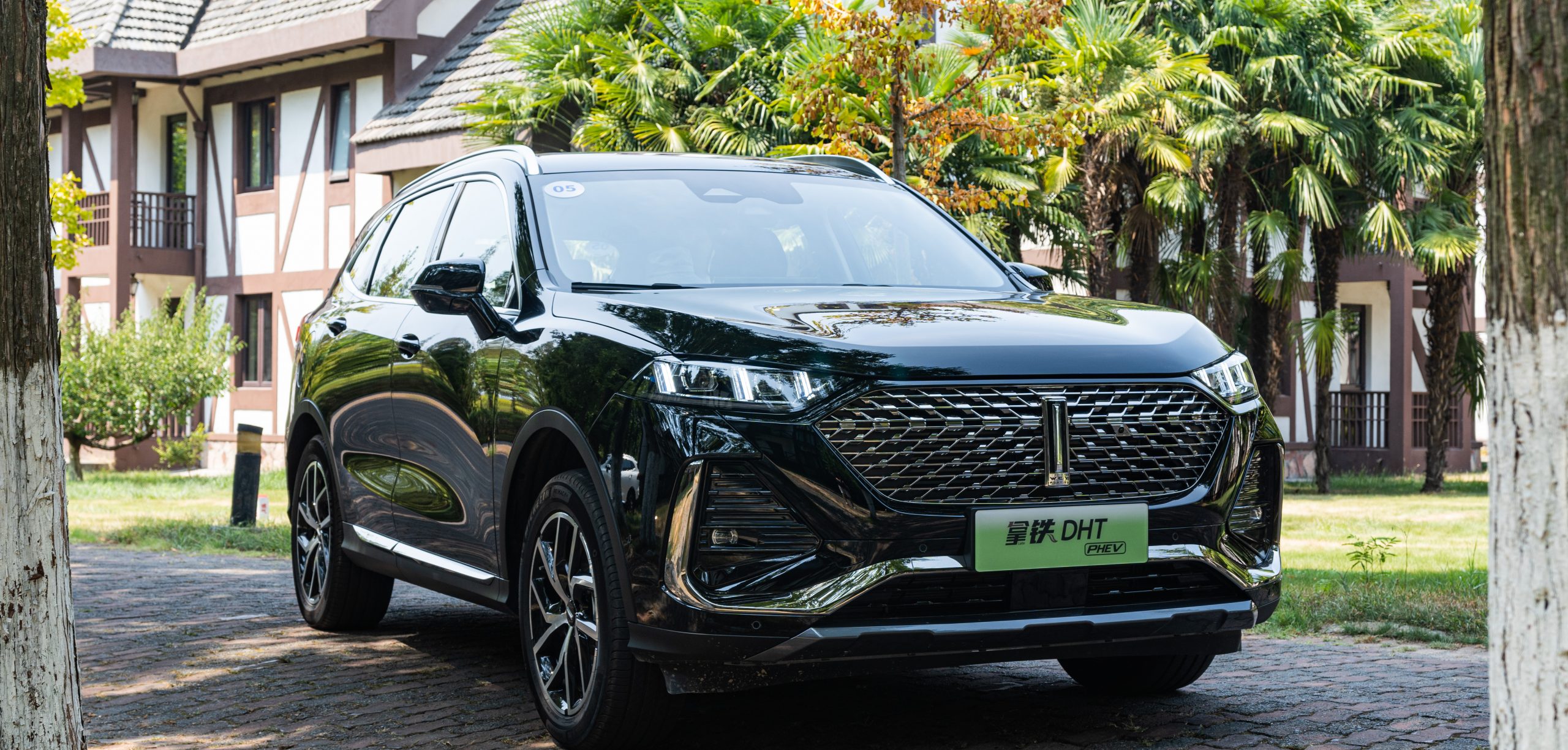On August 18th, I was invited to participate in a test drive event for the WeiPai Nalati DHT-PHEV, and had a close encounter with the DHT system of the Lemon platform and WeiPai models.
Many users have given feedback that they are not quite clear about the positioning of Nalati as one of the “coffee trio” because these three cars do look very similar.
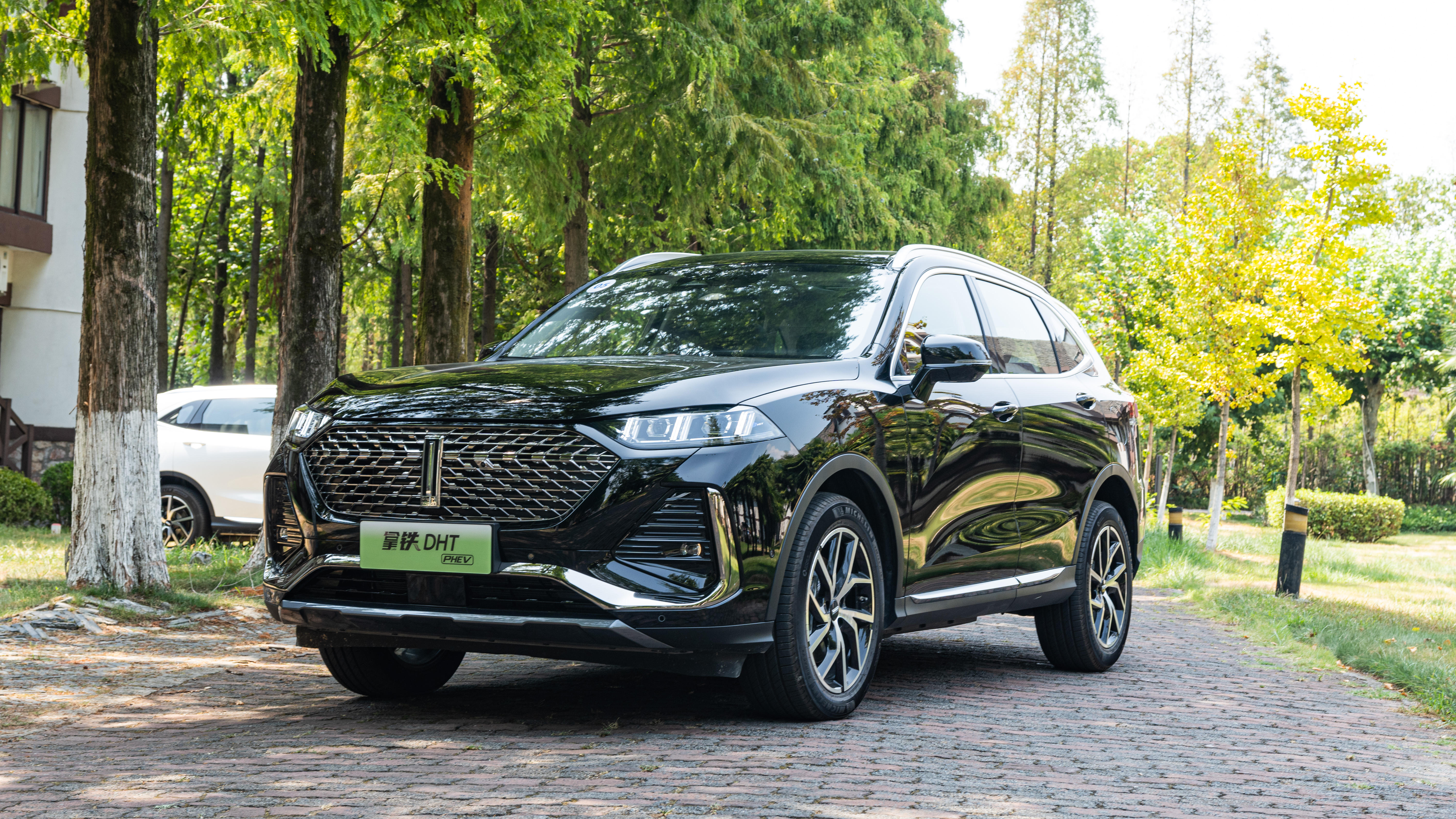
To put it simply, the Mocha is the flagship model of WeiPai, just like the VV7 before. Nalati is positioned lower than Mocha and corresponds to VV6, while Macchiato corresponds to the old VV5 and is positioned below Mocha.
Of course, as a group, the “coffee trio” are all larger and more feature-rich in terms of size and configuration.
How does DHT PHEV drive?
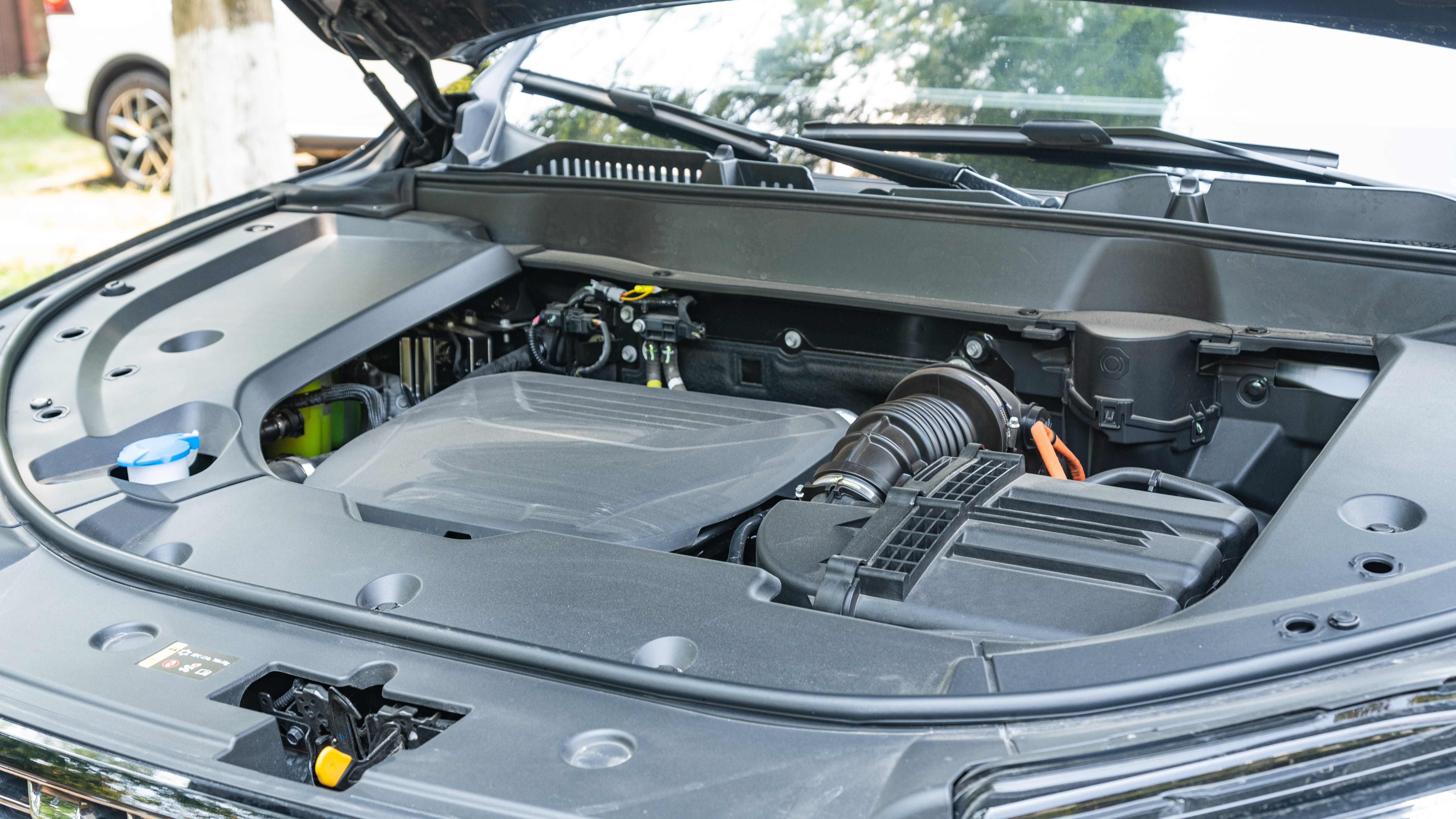
The Nalati DHT-PHEV drive system is a parallel-series plug-in hybrid type, with the following hardware composition:
-
1.5T engine with a maximum power of 115 kW and a compression ratio of 11.8:1;
-
The front electric motor of the four-wheel drive model has a power of 130 kW, and the rear motor has a power of 135 kW. The maximum comprehensive power is 321 kW, the maximum torque is 762 N·m, and the zero-to-100 km/h acceleration time is 5.2 seconds;
-
The front motor of the two-wheel drive model has a power of 130 kW, and the maximum comprehensive power of the system is 181 kW/532 N·m torque, with a zero-to-100 km/h acceleration time of 7.5 seconds;
-
The battery used is a 34 kWh ternary lithium battery from Bnrgy, which uses CTP packaging technology;
-
The DHT has two high-speed mechanical direct drive gears, and the transmission mechanism is integrated with GM/TM dual motors.
Several operating modes of the WeiPai Nalati DHT-PHEV:
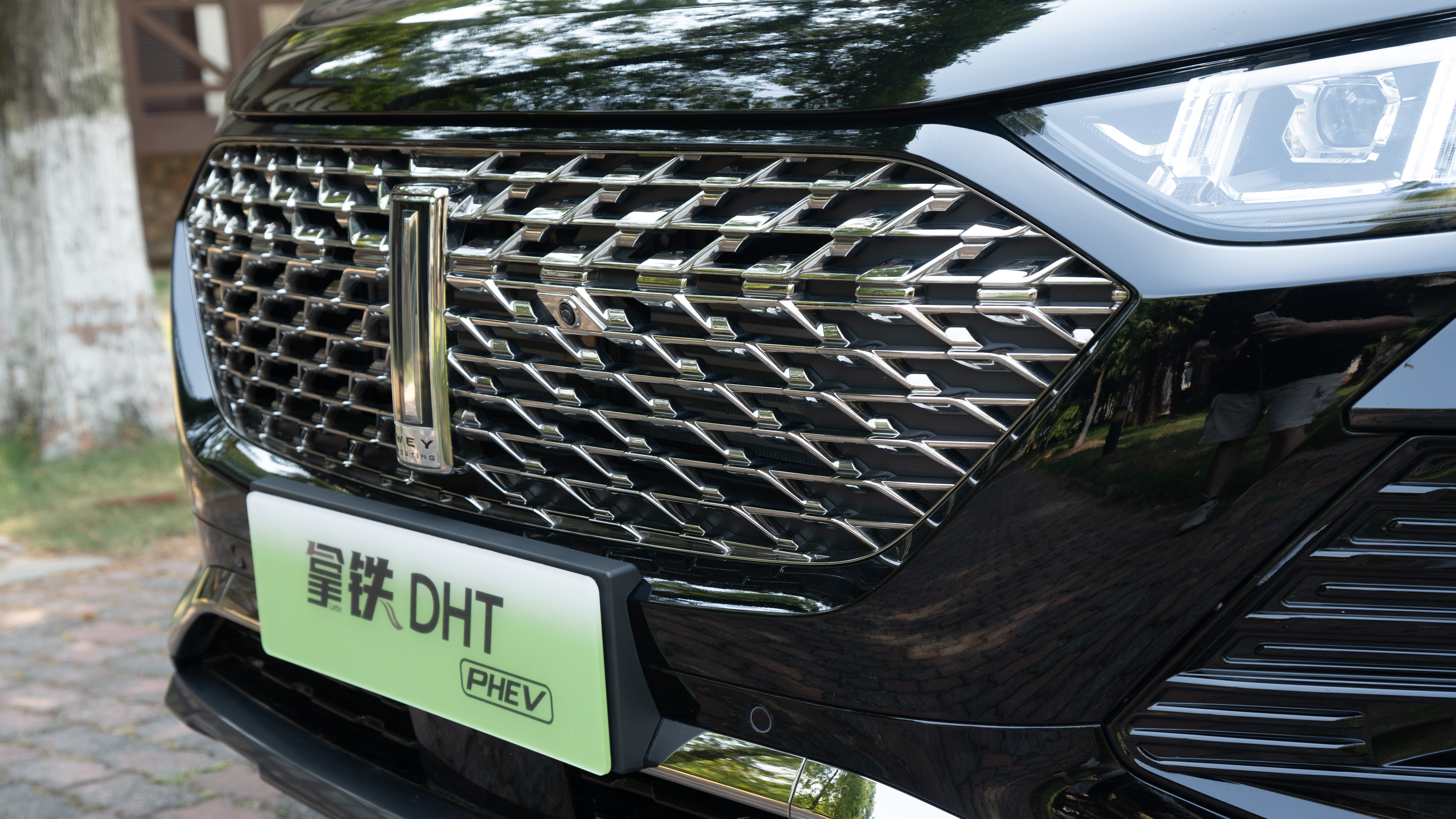
- Pure electric mode
In this mode, the battery supplies power to the motor to drive the vehicle. The pure electric CLTC has a range of 184 km. This number actually satisfies the commuting needs of many people for a week.
In actual driving, I used the pure electric mode almost exclusively throughout the entire day’s journey, even on the highway. The pure electric drive of WeiPai Nalati DHT PHEV can reach a maximum speed of 145 km/h.
- Hybrid mode
Under low load conditions, the default minimum threshold for battery power is 20%. After the number falls below this level, the engine will automatically switch to auxiliary drive according to the power demand.During my entire day of test driving, due to low load and a battery that was too full, the engine could only be started by forcing the power protection function on (which can be adjusted between SOC 30-80%). In the morning of the test drive, I drove a two-wheel drive model. On the basis of 80 km/h on the highway, I accelerated by stepping on the accelerator again. Although the vehicle’s pushing back feeling was not as strong as below 80 km/h, the engine still operated powerfully.
In the afternoon, I drove the four-wheel drive top-of-the-line model, and even with only 20% SOC of the battery, the acceleration above 80 km/h could still continue the pushing back feeling of the previous section. Due to sufficient electric power of the model we were driving and the relatively tight test drive time, we did not perform a detailed test of its power consumption performance.
Energy recovery methods
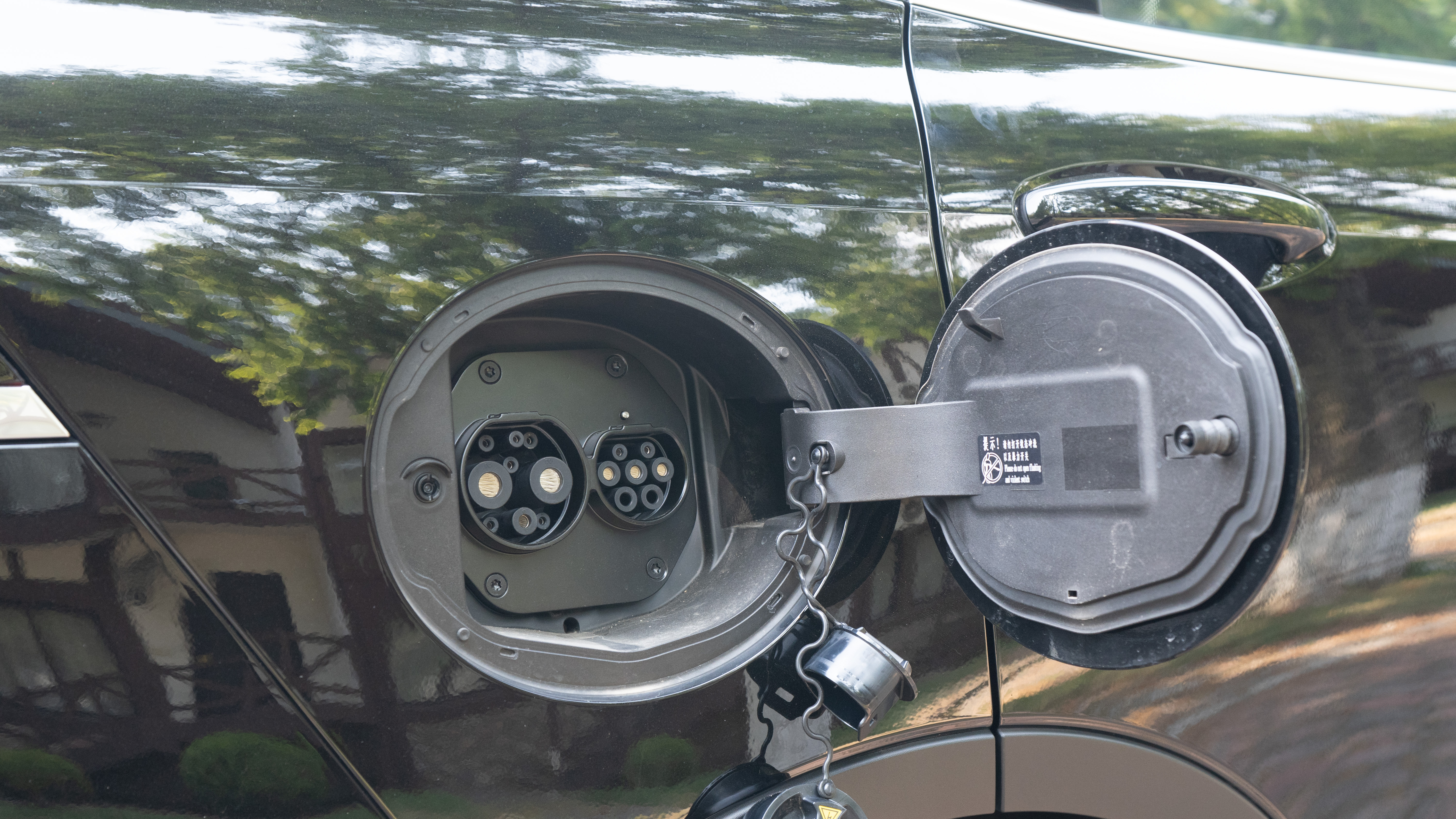
The DHT-PHEV supports three energy recovery methods:
-
48 kW fast charging, which requires 29 minutes to charge the battery from 10 to 80%;
-
6.6 kW slow charging, which takes 5 hours to fully charge the battery, and supports mobile app or vehicle infotainment system for scheduling charging;
-
3.5 kW home charging, using household 220 V power supply.
Advanced driver assistance systems (ADAS)
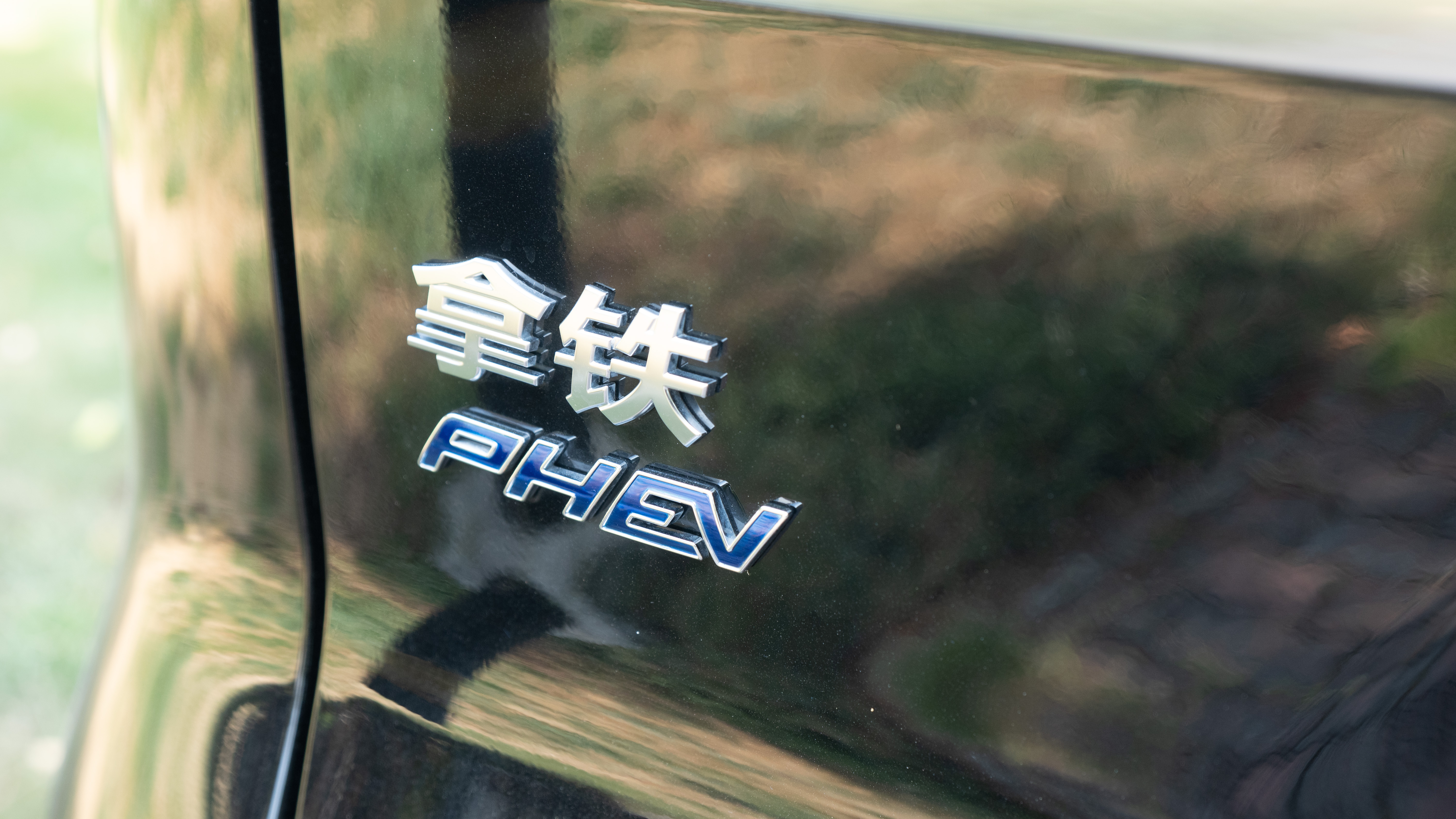
This time, I also had the opportunity to try out the DHT-PHEV’s HWA advanced driver assistance system on the highway.
From a hardware perspective, the DHT-PHEV is missing a high-precision map module compared to the Mocha top-of-the-line model, so it cannot implement the function of getting on and off ramps:
-
6 millimeter-wave radars
-
12 ultrasonic sensors
-
9 cameras
Among them, 5 millimeter-wave radars + 1 intelligent front camera can realize HWA advanced driver assistance;
12 ultrasonic sensors + 4 high-definition surround-view cameras are used for parking;
There is also 1 millimeter-wave radar in the car for monitoring vital signs.
All of the DHT-PHEV’s ADAS activation methods are integrated into a lever behind the steering wheel.
Flick the lever quickly twice towards the driver’s side to enter the HWA highway driving assistance mode.
In actual driving experience, the lateral control of the LCC is relatively stable, and it has very sensitive avoidance of large vehicles, which is a good experience on the highway. Moreover, after activating higher speed limits in HWA, the vehicle changes lanes relatively actively.
This article is a translation by ChatGPT of a Chinese report from 42HOW. If you have any questions about it, please email bd@42how.com.
